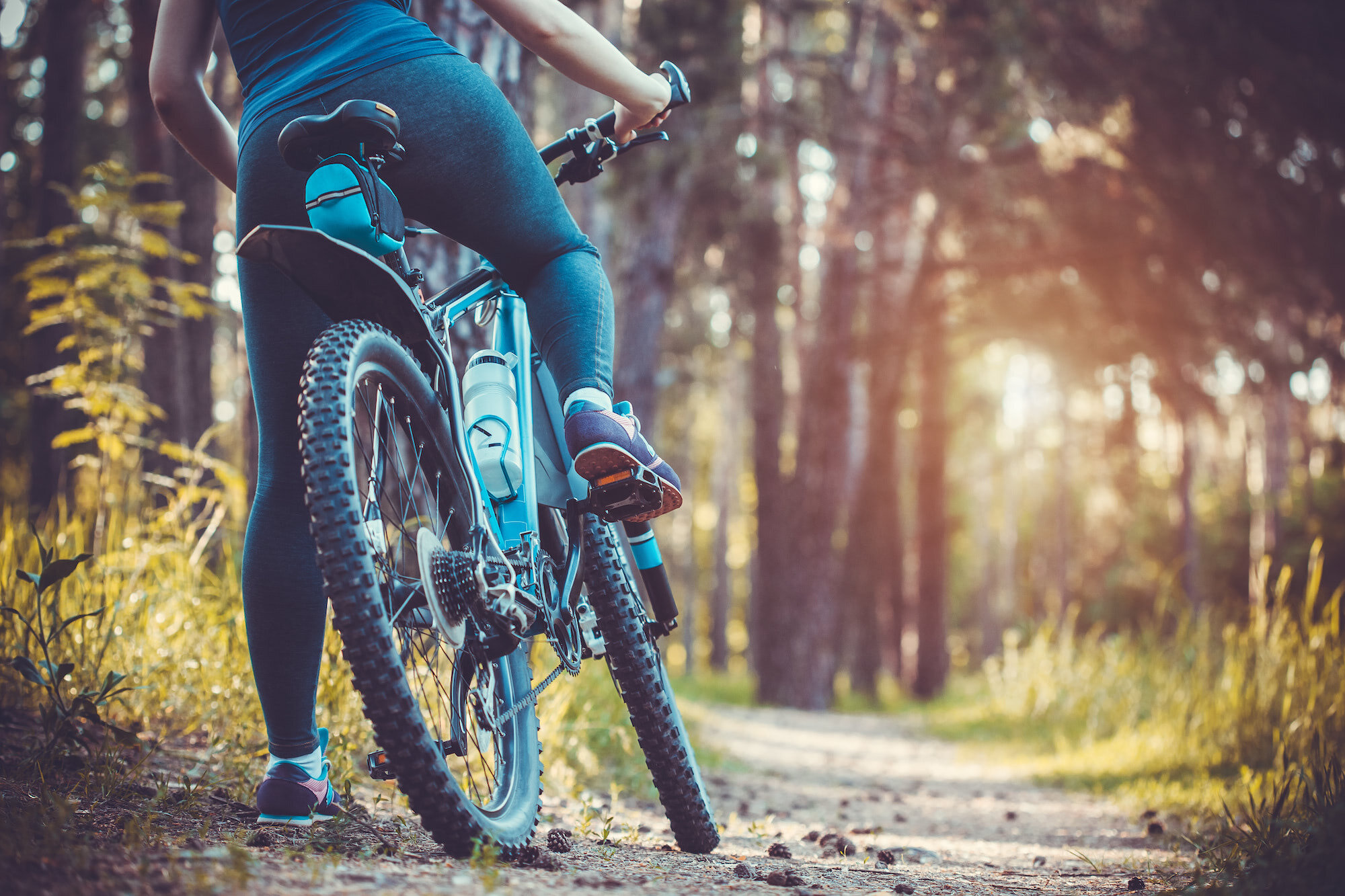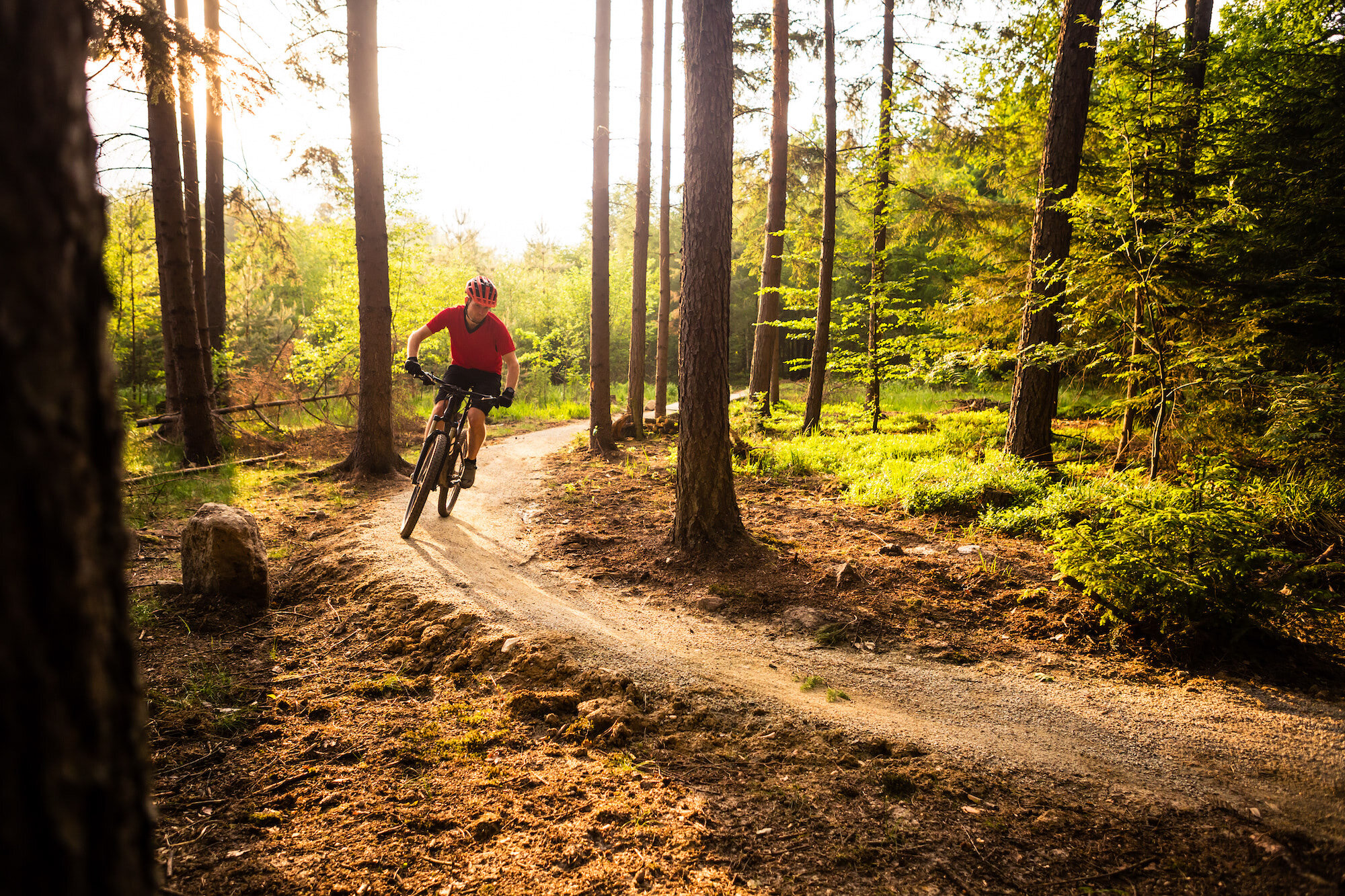
Development
Stowe Mountain Bike Academy
Development Race Program
From your first full season of racing to building on last season’s successes, the SMBA Development Race Program is designed to help riders get faster, ride smoother, and grow stronger!
Devo Description & Program Goals →
Bike & Gear Requirements→
Preseason Equipment Check →
Pre-Ride Bike Check →

Development
For Ages 10-16 (U12-U16 or Grades 5-8th)
RIDER REQUIREMENTS:
Rider has completed SMBA Progression Programs through Huckster or can demonstrate similar skill achievements
Rider is interested in entering the race environment or has competed in U12, U15 race categories previously
Rider has completed the SMBA Race Team Application and has demonstrated a desire to train, work towards a goal, and be a compassionate and respectful member of the SMBA Race Team
Typical training structure in the Development race program includes two practices per week plus support at races. This program operates as a season long (late April to late October) progressive skill development and fitness program divided into three focused training sessions each with its own goals and themes:
Spring - Fitness and Fundamentals Skills
Summer - Skill Advancement and Racecraft, Power and Endurance
Fall - Race Support, Recovery, Mental Skills
The Development Race Team provides a platform for riders to learn from experienced coaches, compete at regional events, and develop the skills and mindset necessary to confidently approach the racecourse while having fun with peers and building community. We strive to instill in our athletes important values such as discipline, sportsmanship, perseverance, and teamwork, which are essential not only in cycling but also in life. As coaches and mentors, we at SMBA are dedicated to supporting each rider's journey, nurturing their passion for the sport, and helping them achieve their athletic goals while ensuring a positive and memorable experience along the way.
PROGRAM GOALS At A Glance:
From experienced coaches, riders will grow their technical proficiency, strength and endurance, race strategy, and mental resilience through 7 primary program goals:
-
Riding Techniques:
Focus on reinforcing fundamental skills such as bike handling, body positioning, and balance, essential for navigating varied and challenging terrains.
Technical Skills:
Grow riders technical skills like climbing, descending, and maneuvering through obstacles at race pace.
Trail Awareness:
Enhance riders' ability to read and understand different trail features and conditions.
-
Endurance Training:
Build participants' cardiovascular endurance to handle the sustained effort required during a mountain bike race.
Strength and Conditioning:
Include exercises to improve leg strength, core stability, and overall fitness to enhance performance on the bike.
-
Race Etiquette:
Teach participants the rules and etiquette of mountain bike racing, including passing, yielding, and general sportsmanship.
Race Strategy:
Introduce basic race strategies, such as pacing, choosing lines, and conserving energy, to help participants make effective decisions during a race.
-
Confidence Building:
Foster a positive and supportive atmosphere to boost riders' confidence, especially in tackling challenging sections of the trail.
Mental Resilience:
Train participants to manage race-day nerves, setbacks, and challenges with a resilient mindset.
-
Nutritional Guidance:
Provide information on proper pre-race and post-race nutrition to optimize energy levels and recovery.
Recovery Strategies:
Teach effective recovery techniques, including rest, stretching, and hydration, to help riders bounce back from training and racing.
-
Team Building:
Foster a sense of camaraderie and teamwork among participants, promoting a supportive community within the program.
Networking:
Encourage riders to connect with experienced racers, coaches, and fellow participants to share knowledge and experiences.
-
Gradual Progression:
Introduce participants to races of increasing difficulty and length, starting with beginner-friendly events and gradually progressing to more challenging and varied discipline competitions.
Goal Setting:
Help riders set realistic and achievable goals for their first races, whether it's completing the course, achieving a specific time, or mastering a technical section.
Riders will have the option to participate in following racing and training opportunities:

Bike & Gear Requirements
Bike Requirements
• Full suspension mountain bike
• Hydraulic disc brakes
• Tubeless tires
• Dropper Post
Please have a shop or qualified technician make sure the bike is in good shape and functioning properly. While it is not necessary to have the nicest parts, riding and racing rough trails requires modern, durable componentry. If you are unsure of your bike or component quality, get in touch and we will be happy to help.
Gear requirements
• Helmet (“half shell” or “trail”). Elites: Full face and kneepads (ideally enduro style kneepads that can be comfortably worn while climbing
• Gloves, full finger length
• Mountain bike specific shoes
• Hydration backpack, should fit at least 1L bladder and 2 PBJs (A large hip pack is OK, but a backpack with chest/hip straps is preferred)
• Water bottle
• Multitool (Crank Brothers m17 or similar)
• Spare inner tube (and CO2 or mini-pump)
• Spare master chainlink
• Chest protectors and elbow pads are highly recommended for lift service
Please reach out with any gear questions/recommendations. Coach Ross Scatchard: ross@stowemtb.com

Pre-season Equipment Check
Unless you’ve been keeping your bike in the living room through the winter, dusting it and rotating the tires, chances are there may be a bit of spring maintenance needed.
Here’s a good spring maintenance checklist.
Suspension - If the stanchion seals are dry and a service didn’t get done last season, get into a shop before the racing season starts. The standard service intervals are 50hrs of riding (basic) and 200hrs (full) and it helps keep the bike nice and plush.
Sag - Chances are we grew a bit over the winter, so we need to calibrate our suspension settings. A benchmark for suspension sag is 25% when in a static ready position. Get to 25%, then fine tuning can be done on the trail.
Drivetrain - How is your bike shifting? Is it clunking or sticking between gears?
If so, it may be time for a fresh chain, cassette, or chainring. If shifting gears feels like a thumb workout, a new shift cable and housing will help.
If it shifts well, then give the chain, derailleur, and cassette a good scrub with a biodegradable degreaser and rinse off. Let it dry, then apply a light coat of your favorite chain lube. Let it soak in for as long as possible, but wipe it clean before going out on the dirt roads (an overly-oiled chain attracts grit).
Brakes - We want at least half of the brake pad to still be present (about 1.5mm).
New pads are relatively cheap. Make sure to replace them before they grind all the way down to the backing plate, otherwise rotors will need to be replaced.
Brake bleed - If they are spongy, make sure to bleed them. A brake bleed is quick for a shop (or at home with the right tools) to get them feeling like new.
Tires- Too many parking lot skids last fall? Are the threads showing on the sidewalls?
Before the season starts, we want fresh, sticky rubber, and sharp edges on the knobs for maximum grip.
Sealant dries up and becomes less effective over several months. Remove that valve core and add 2oz per wheel. This may need to be repeated once or twice throughout the season.
Bolt check - There are lots of bolts holding everything on our bike together and rotating or pivoting smoothly. It is very important to check that all the bolts are at the correct tightness (torque), and there isn’t play or friction in the moving parts of our suspension and steering. Some bolts require grease, some loctite, and some carbon fiber paste. If in doubt, ask a bike shop, or SMBA coach about bolt specifics.
Check that all bolts are snug and there is no play, or clunky movement, on parts of your bike.

Pre-Ride Bike Check
Air - The tires should feel like a ripe orange. Too much air can be almost as bad as too little. Also, inspect the tires for any cuts, worn tread, or signs of excessive wear.
Brakes - The brakes should engage at approximately half the distance from a resting Position to all the way against the bar. Make sure the disc rotors are tight and both levers squeeze and return smoothly.
Chain - A clean and lightly lubricated (bike specific chain lube is best) chain keeps those gears happy. Give it a good clean and run through the gears to make sure all the gears are shifting easily.
Quick Release - Check the quick release or wheel axles. They should be snug! You can also double check by trying to wiggle the wheels side to side with your hand and feeling if there is any play.
Headset - Make sure the headset is snug by turning the front wheel 45 degrees to the left and squeezing the front brake. With your right hand, hold the space between the headtube and the stem and gently rock the bike back and forth. We don’t want to feel any play with our right hand. If you do, loosen the stem bolts, tighten the bolt at the center of the headset cap until the fore/after movement of the headset is gone, but the headset still rotates smoothly. Then tighten the stembolts again – with a torque wrench.


